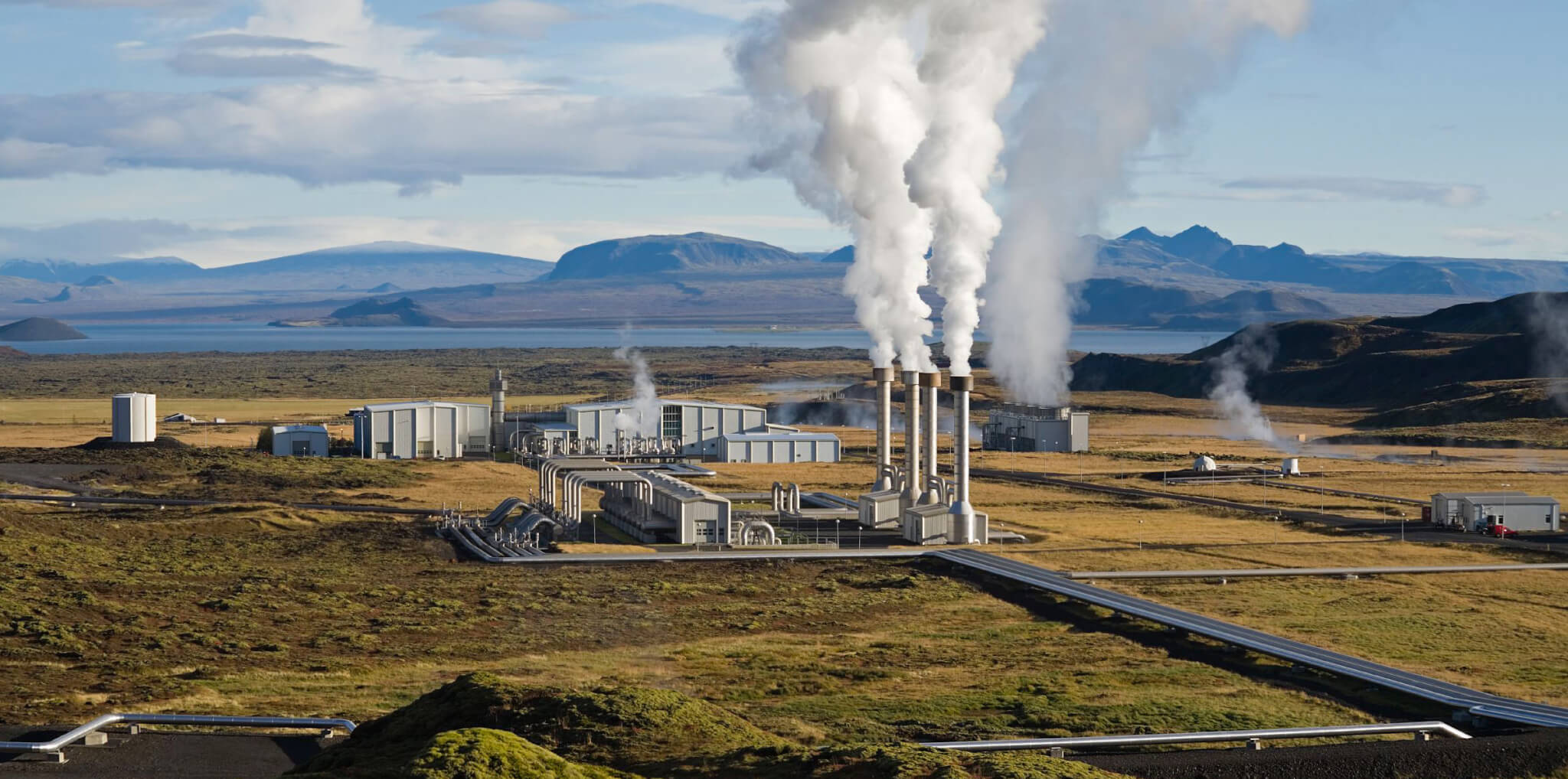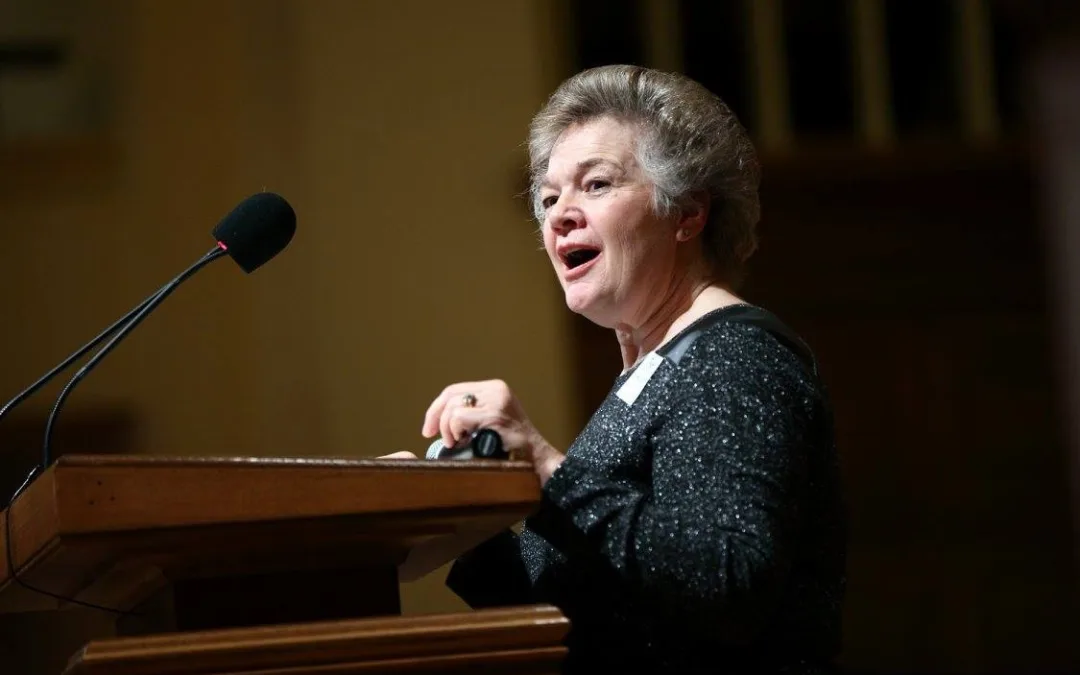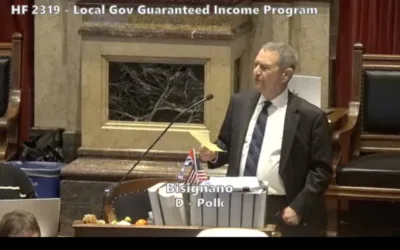
My wife, Toni, and I just returned from a trip that included a tour of a geothermal plant in Iceland. It is the third largest geothermal plant in the world that uses super hot water from deep wells to drive steam turbines. It is one of seven such facilities in Iceland and generates 300 megawatts of electrical energy. Iceland is an island country the size of England with population smaller than the Des Moines metro area. Most of the people live within the urbanized area of the capital city, Reykjavik.
Iceland is totally energy self-sufficient with 30% from geothermal plants and 70% from hydro-electric facilities. But I read with interest that Alliant Energy is building a 121 turbine, 300 megawatt wind farm in Clay and Dickinson counties and, by 2020, one third of Alliant’s energy will be from wind. We are on a similar path as Iceland to self-sufficiency.
Iceland is a unique place in the world, an island touching the Arctic Circle, but sitting on top of volcanic terrain that keeps the city of Reykjavik free of snow most of the year from heat in the ground. Ironically, wind is so fierce in Iceland that existing wind turbines can’t function, but with the vast heat underground and an unlimited supply of fresh groundwater, hydro and geothermal energy can now be exported to Europe.
What is truly amazing is that the Icelanders have not simply used heated ground water to drive electric turbines, but the recycling of water from surface, shallow and deep wells at different temperatures allows aquifers to be re-charged with re-processed water. This virtuous circle reduces the average household cost of heating and water supply to $80/month.
Iceland has the lowest crime rate and lowest infant mortality rate in the world. Icelanders brag that Icelanders are the happiest people in the world. Our guide suggested that the average wage of Icelanders was $5,000/month, equivalent to $30/hour and the island had full employment of over 98%. Students are some of the best-educated in the world and the demands of new technology are met with new skills learned.
To cap it off, less that a decade ago, Iceland was an economic basket case. Speculative investing by Iceland Banks had collapsed the economy, triggered by the world-wide recession. In addition, a massive volcanic eruption blanketed Europe with ash and the specter or greater calamity seemed to doom Iceland from recovery.
But Icelanders, ever resilient, discovered that the world knew very little about Iceland. The economic and volcanic disasters allowed social media to open a new world of information about the country and over the last few years Iceland has sold itself as a world-class tourist destination. All of the anomalies of its geography became unique assets, unseen in few other places in the world. Tourism is now a major force in its recovery and the City of Reykjavik is dotted with cranes building new hotels and apartments. Taxes are relatively high and most jobs are unionized. As a result, Icelanders are dedicated to lifting themselves up rather than crimping on social investment.
Are there lessons for Iowa? We have wind and sun at our disposal and are gradually moving toward energy self-sufficiency. But the assets we once had – good soil, clean water, excellent schools and well-paying jobs – have been squandered by false promises and bogus economics. Our politicians have made social investment dirty words while the Icelanders make it work.
Iowans, like Icelanders, are resilient. But it will take new leadership, focused on building a new, sustainable Iowa that will lead us back out of the wilderness.
by Tim Urban
Posted 10/9/17

Iowa Republicans make outlawing gay marriage key 2024 campaign priority
Iowa Republicans have made outlawing gay marriage a key goal in their 2024 party platform. During the Iowa GOP’s 2024 state convention on Saturday,...

Department of Justice says Iowa immigration law violates US Constitution
If Iowa doesn’t suspend the enforcement of its new immigration law by May 7, the state could face a federal lawsuit, according to the Des Moines...

Rushing: Iowa State president said the quiet part out loud
I want to thank Iowa State University President Wendy Wintersteen for doing us all a favor by finally saying the quiet part out loud: all the...

Iowa sets aside almost $180 million for year two of voucher program
Iowa has committed nearly $180 million in taxpayer funds to support private school tuition in the 2024-25 school year, which is almost $50 million...

Kalbach: Immediate action needed on corporate ag pollution
Iowa agriculture has undergone substantial changes over the past 40 years. We see it all around us. Rather than crops and livestock being raised on...

VIDEO: Jochum calls Gov. Reynolds’ summer meal program a ‘hunger game’
Iowa Gov. Reynolds announced a competitive $900,000 grant program to feed Iowa children over the summer, months after she declined $29 million in...




